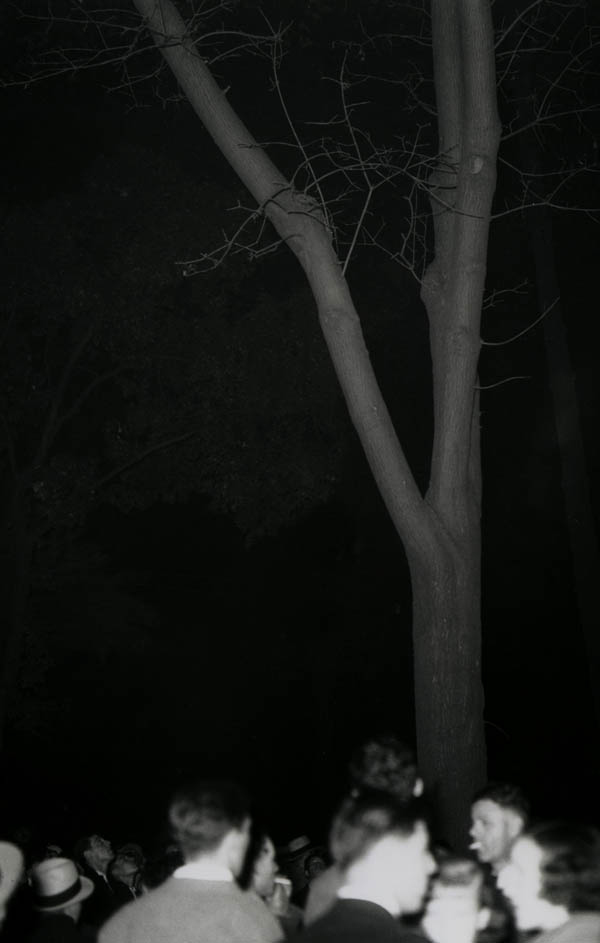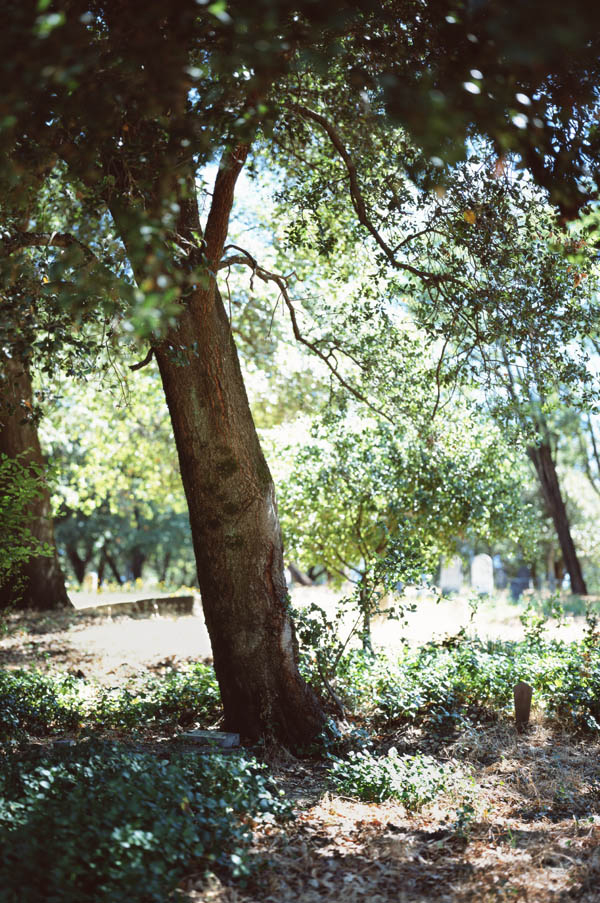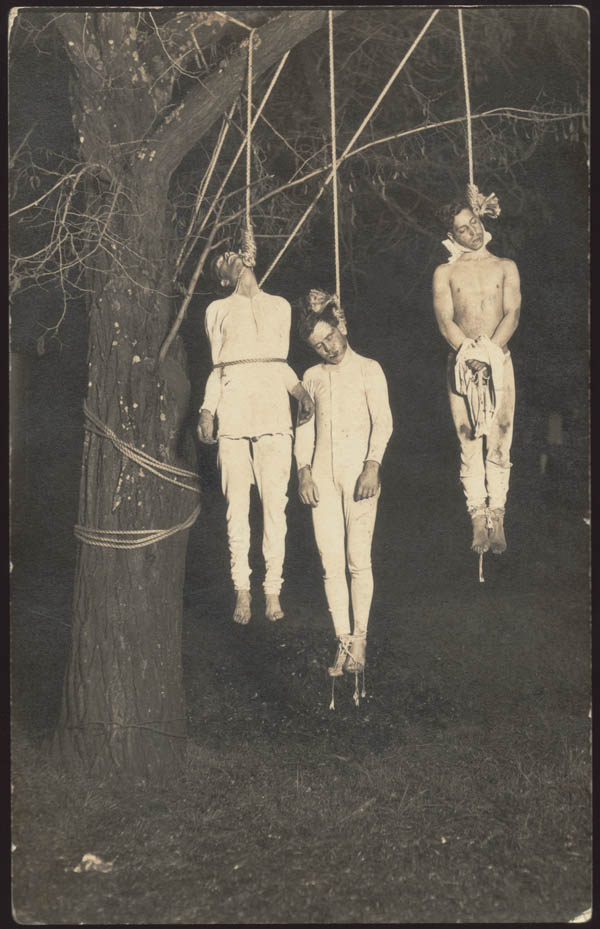Ken Gonzales-Day
Curated by Bruce Yonemoto
September 7 – October 14, 2006
Ken Gonzales-Day is an artist and writer living in Los Angeles. He received his MFA from UC Irvine, CA, and his MA in Art History from Hunter College, New York, NY. He was a fellow in the Whitney Museum of American Art's Independent Study Program. Other fellowships include the Rockefeller Foundation Study and Conference Center in Bellagio, Italy and the Smithsonian Institution's American Art Museum and National Portrait Gallery where Gonzales-Day was a Senior Fellow in Latino Studies. His writing has appeared in various arts publications and journals including: Art & Text, Artissues, Art Journal, Art Papers, Aztlán, Exposure, Poliester, ArtPress and NYQ. His manuscript Lynching in the West: 1850-1935 will be published by Duke University Press in 2006. His work has been included in: An Image Bank for Everyday Revolutionary Life, REDCAT at the Walt Disney Concert Hall, Los Angeles; Log Cabin, Artists Space, New York, NY; Picarte, Heard Museum, Phoenix, AZ; Made in California, Los Angeles County Museum of Art, CA; Cyborg Manifesto, Laguna Art Museum, CA; Beyond Boundaries: Contemporary Photography in California, Ansel Adams Center for Photography, San Francisco, CA; and Reimaging the West: A New History, SF Camerawork, San Francisco, CA. Gonzales-Day is an Associate Professor of Art and Chair of the Department of Art at Scripps College.
Bruce Yonemoto has developed a body of work which positions itself within the overlapping intersections of art and commerce, of the gallery world and the television screen. His work attempts to manipulate an audience with a simultaneous recognition of the machinations of the manipulation. He believes that the composition of mass media has become a new historical site of the domination of human behavior. During Mr. Yonemoto's twenty-year collaboration with his brother, Norman, he has been honored with numerous awards and grants from the National Endowment for the Arts, the American Film Institute, The Rockefeller Foundation, and the Maya Deren Award for Experimental Film and Video. Most recently, Mr. Yonemoto's solo installations, photographs and sculptures have been featured in major one person shows at the ICC (Intercommunication Center) in Tokyo; the Institute of Contemporary Art (ICA) in Philadelphia, and the Kemper Museum in Kansas City. He has had solo exhibitions at Blum & Poe and Lemon Sky, Los Angeles; Gray Kapernekas Gallery, New York; Tomio Koyama Gallery, Tokyo and his work was featured in Los Angeles 1955-1985: Birth of an Art Capital at the Centre Pompidou, Paris. Mr. Yonemoto is a professor of Studio Art at the University of California, Irvine.
Artist's Statement:
Drawing its title from a book manuscript of the same name, Lynching in the West: 1850-1935 considers the transracial nature of lynching in California from statehood to the last recorded lynching in 1935. Given the broad number of people touched by this history (Asians, Anglos, Blacks, and American Indians), many will be surprised to learn that Latinos (Mexican, Mexican American, Chilean, and persons of Latin American descent) were statistically more likely to die of lynching than those of African, Asian or European decent. The work included in the CUE Art Foundation exhibition considers, and responds to, this historical erasure though a number of conceptual interventions that interrogate the legacy of lynching and its relationship to photography. Such images once circulated as postcards, view cards, and were collected in albums. Today, many of these images continue to circulate through on-line auctions, antique stores, and archival (and not so archival) copy prints. The works included in the exhibition reflect upon this forgotten past while inviting the viewer to consider how these legacies of oppression and denial have been transformed within a more contemporary landscape. Lynching in the West: 1850-1935 is a John Hope Franklin Center book, forthcoming from Duke University Press, 2006.
Curator's Statement:
by Bruce Yonemoto
On the blank screen, a luminous disk was projected without any images of people or landscapes. The assembly of empty seats attentively followed some magnificent spectacle invisible to me. Furious, I wanted to see from closer up. I climbed towards the screen. I was blinded by the light from the projector lamp and saw in the screen two holes large enough to allow a man to pass through. I put my head through one of them. A panorama of the city was spread out before my eyes. Aragon and Breton had their bellies impaled on two cathedral spires. I understood that they also had wanted to see what was happening behind the screen and the great beauty of their suicide was revealed to me.
-Robert Desnos
Much like a Freudian screen memory the photographs of Ken Gonzales-Day display, mask and translate histories many would rather forget.
Gonzales-Day's pictures act as sophisticated filters which scrutinize information that has long been suppressed. His erasures reconfigure shadowed memories at once beautiful, genuine and scary.
I would like to thank Ken for producing such important work as well as Dr. Juli Carson for her insightful thoughts. I would also like to thank the CUE Art Foundation and its Advisory Council as well as a special friend of Ken, Juli and mine, Mr. Gary Wolf.
View CATALOGUE
YOUNG ART CRITICS: Anna Meliksetian on Ken Gonzales-Day





